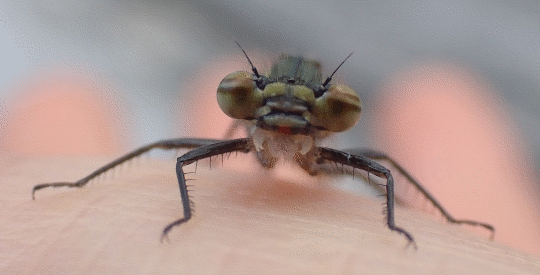#zygoptera
Text
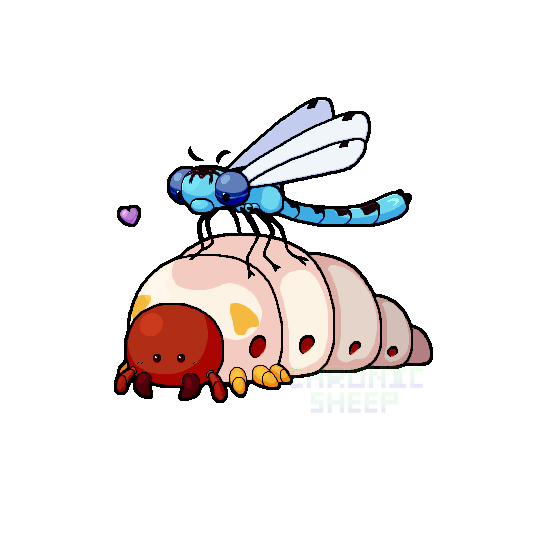
If my boyfriend were a bug I think he' be a Common Blue Damselfly- and he think I'd be the grub of a Western Hercules Beetle!
Thus, I decided to draw us as them!
#pixel art#animals#arthropods#insects#larvae#grubs#odonata#coleoptera#zygoptera#scarabaeidae#Coenagrionidae#Dynastes#Enallagma#Damselfly#Hercules Beetle#Common Blue Damselfly#Western Hercules Beetle#I put a surprising amount of detail into this
207 notes
·
View notes
Text
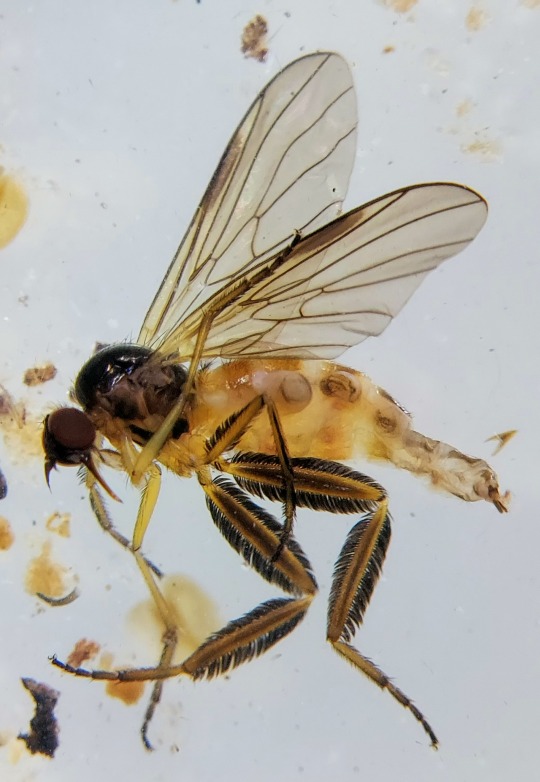
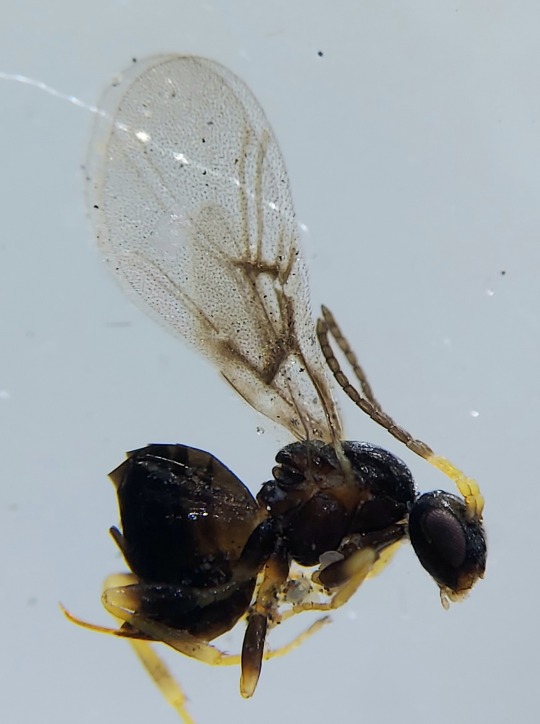
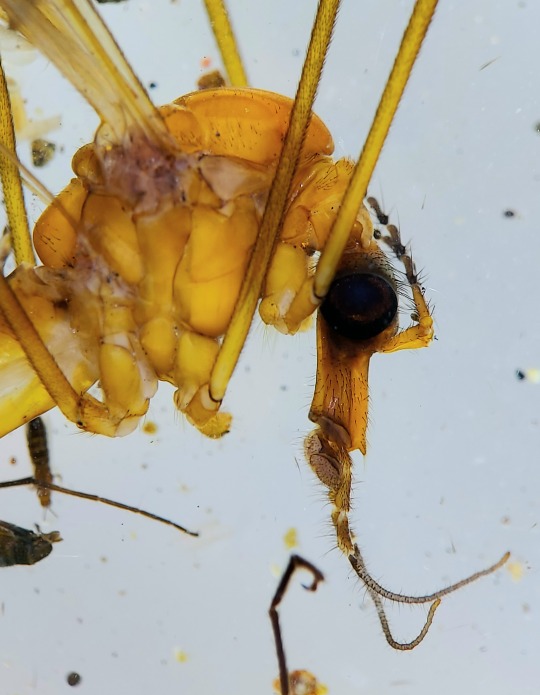

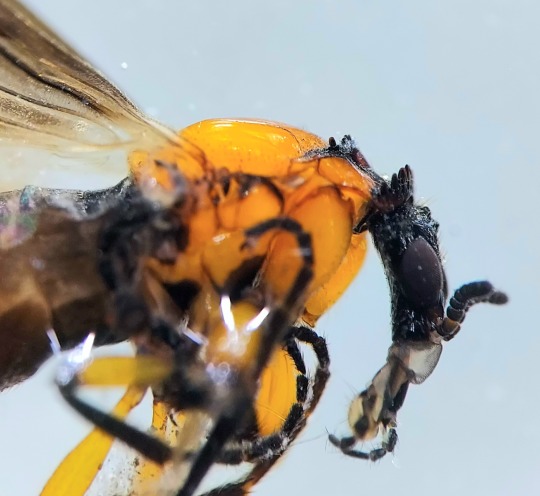
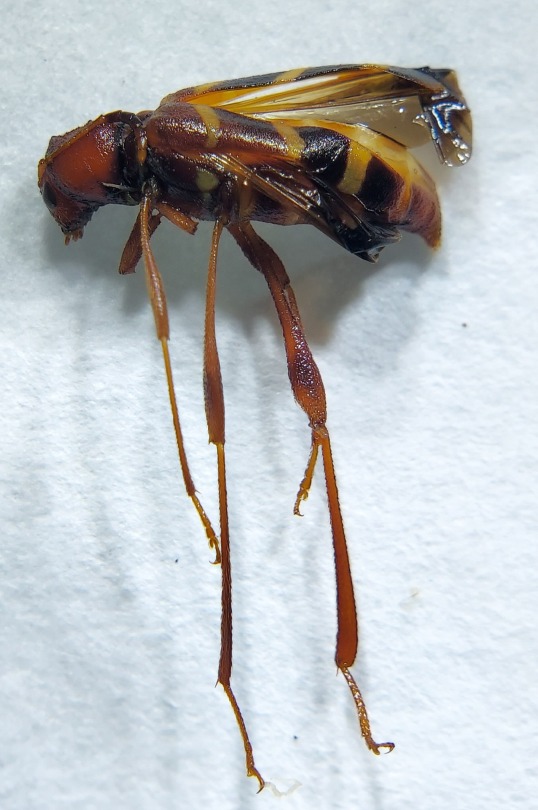


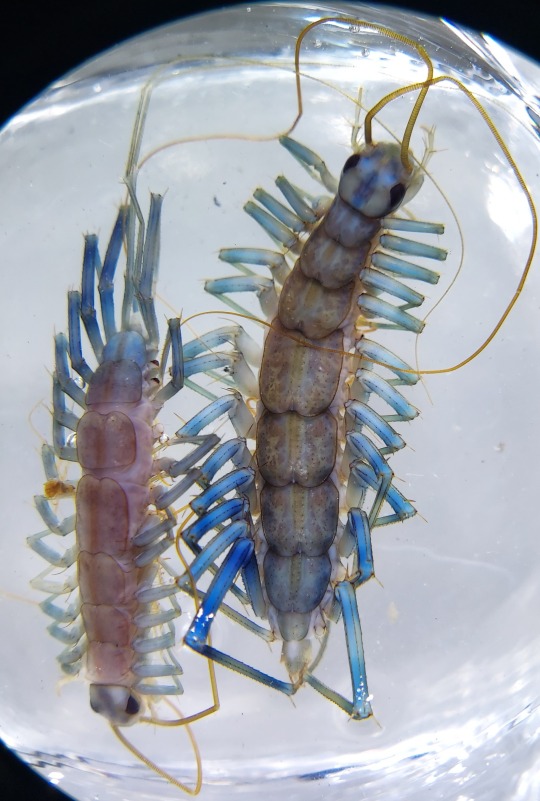
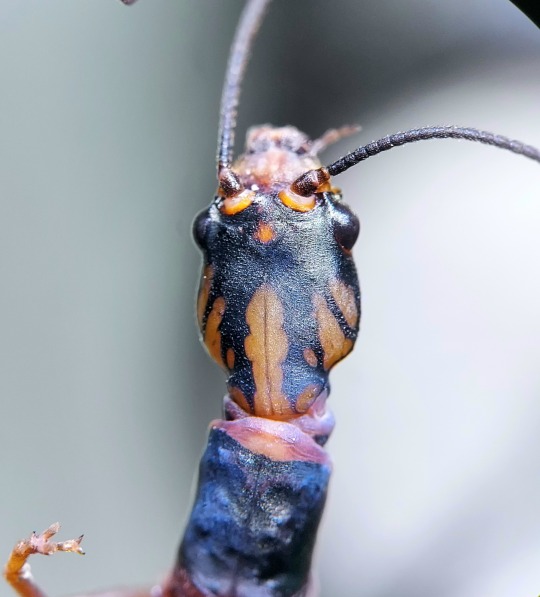
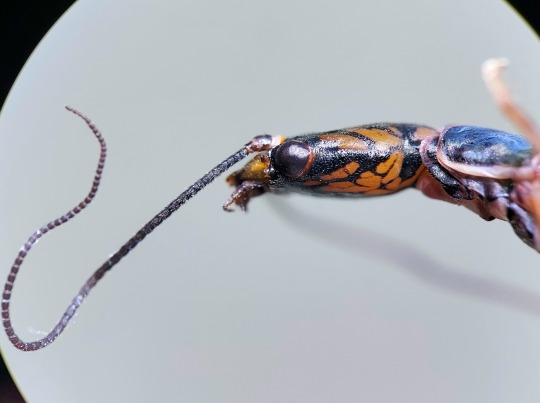
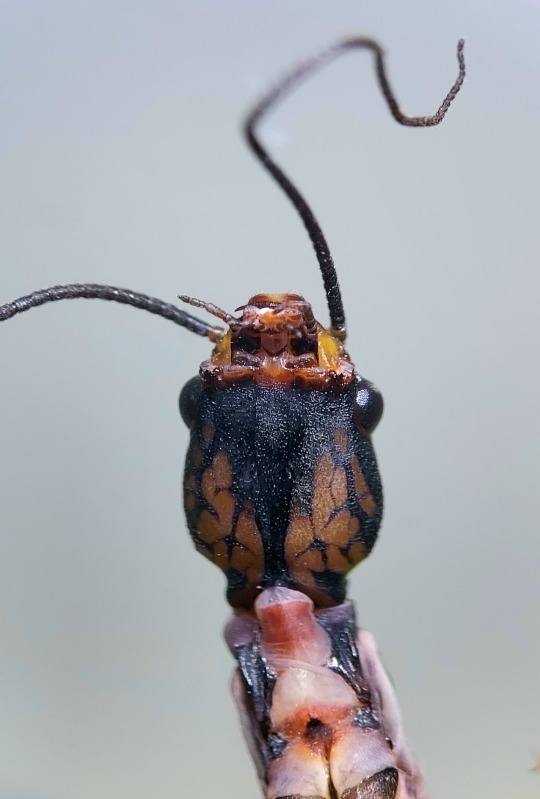

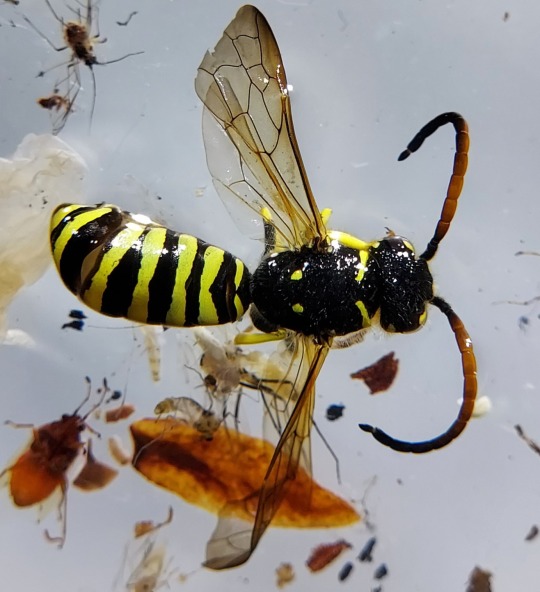
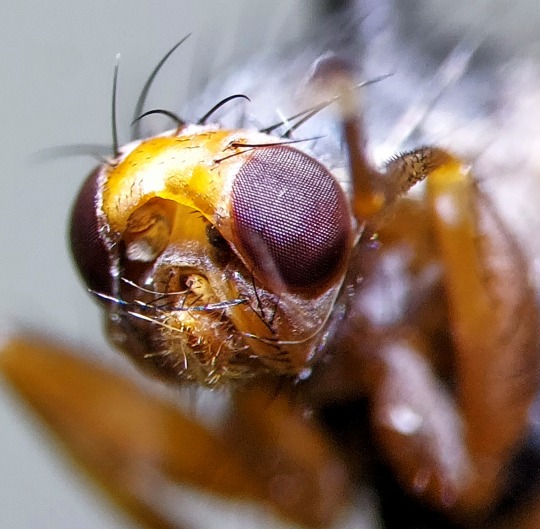

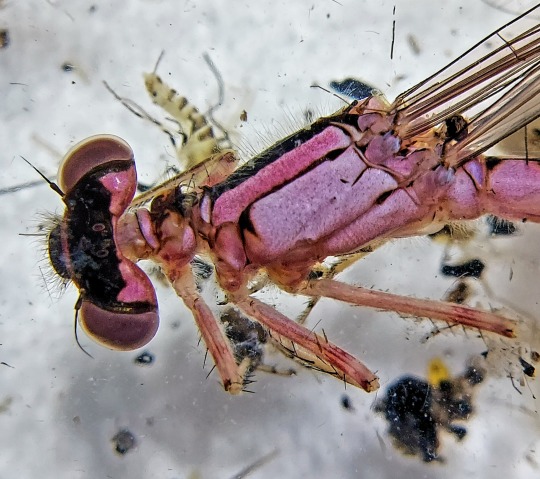
some bugs i saw at work 15.VI.2022 - 16.VI.2022
#diptera#empididae#hymenoptera#cynipidae#tipulidae#bibionidae#coleoptera#cerambycidae#Scutigeridae#raphidioptera#inocelliidae#crabronidae#muscoidea#ephemeroptera#baetidae#odonata#zygoptera
459 notes
·
View notes
Text
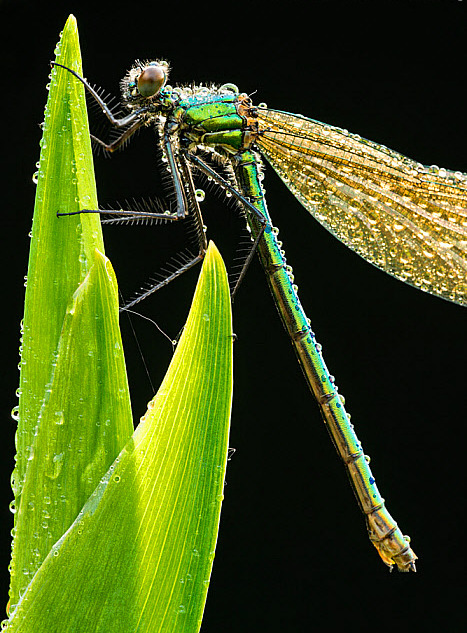
Banded demoiselle (Calopteryx splendens)
Photo by Ross Hoddinott
#Calopteryx splendens#Calopteryx#banded demoiselle#damselfly#zygoptera#odonata#insects#entomology#insect photography#macro photography#green#iridescent#nature
26 notes
·
View notes
Text
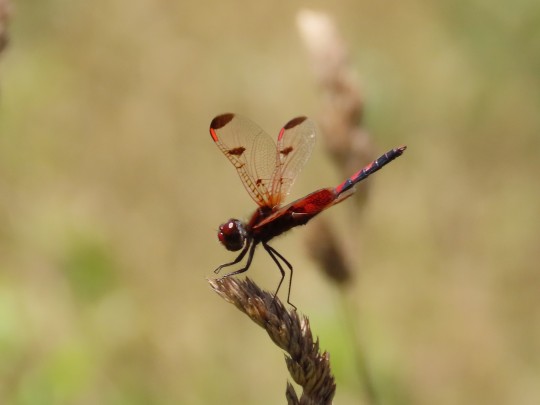
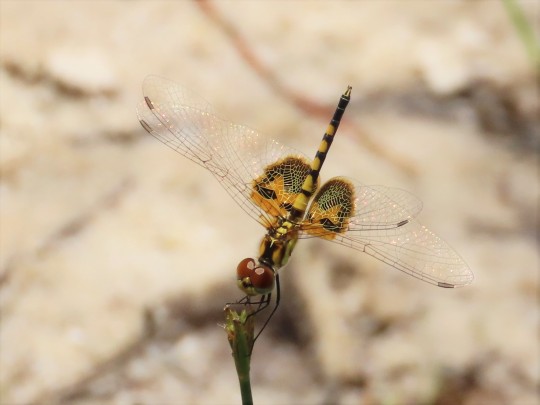

assorted Odonates from earlier in the year, Celithemis elisa, Celithemis amanda, and Libellula flavida.
The L. flavida was especially weird as I found it at a powercut down the street from my house. Problem being? L. flavida is a species only typical of southern NJ down in the pine barrens. This individual might have represented a vagrant, dispersing individual looking for a mate, but this same powercut has a few other weirdly disjunct species generally typical of sandier, boggier habitat such as Argia bipunctulata, so it could be anyone's guess. Didn't spend enough time at home over August to really survey for more flavida so thats a question to answer next year.
Below: male Argia bipunctulata found at that powercut, and a female in a more typical boggy scrubby habitat in Central Florida

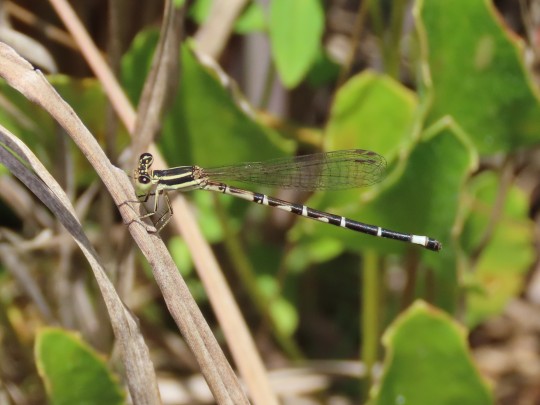
#bug#bugs#insect#insects#insect photography#entomology#odonata#anisoptera#zygoptera#dragonfly#damselfly#bugblr
135 notes
·
View notes
Text
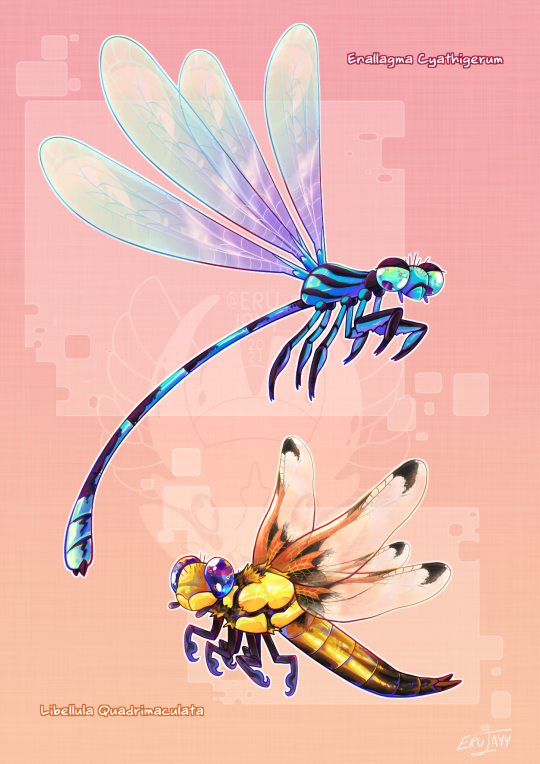
Would you let these polite fellows into your home?
#they have come to you about your cars extended warranty#damselfly#dragonfly#zygoptera#odonata#entoart#insect#insectart#bug#bugart#bugblr#entomology art#myart
395 notes
·
View notes
Text
Steleopteron

Steleopteron was a genus of steleopterid damselfly from the Early Jurassic and Early Cretaceous periods. Its type species is S. deichmuelleri. Its second known species is S. cretacicus. The known species are known from single fossils found in Solnhofen, Bavaria, Germany and the Weald Formation in Surrey, United Kingdom respectively. The discovery of S. cretacicus indicated that the Steleopteridae family had not died out by the Cretaceous period, as it is the only known member from that period.
S. cretacicus is named for its time period being that of the Cretaceous.
Its autapomorphies include particularily elongated and narrow wings, a very long petiolus, a characteristic pattern of pleats along the longitudinal veins, very long wing veins, distally zigzagged MA and CuA, and a distinctly curved MA. S. cretacicus in particular was diagnosed based on its wing being slimmer than that of its sister taxon.
S. deichmuelleri is known from only its holoype, a complete dissociated exoskeleton. S. cretacicus is known from a single preserved wing. The overall family of Steleopteridae is in unsure placement, only regarded as a member of the greater Odonata, possibly within Zygoptera.
Original paper: S. deichmuelleri description paper; S. cretacicus description paper.
Wikipedia article: https://en.wikipedia.org/wiki/Steleopteron
#bug#insect#arthropod#damselfly#paleoart#paleontology#artwork#original art#human artist#steleopteron#steleopteridae#zygoptera#odonata#insecta#arthropoda#obscure fossil animals#obscure fossil arthropods
9 notes
·
View notes
Text

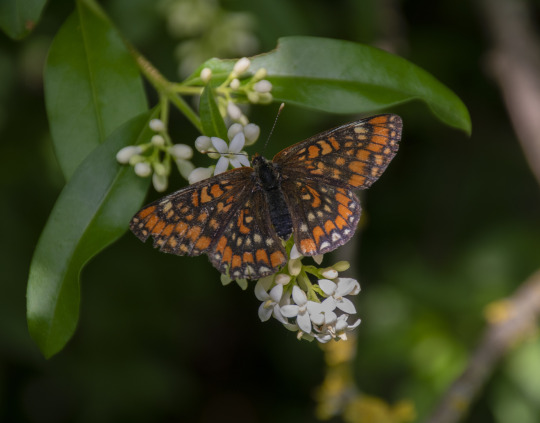
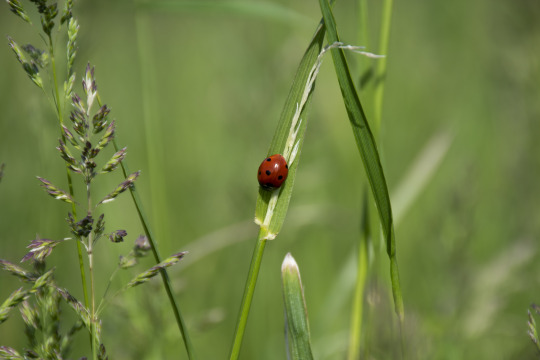
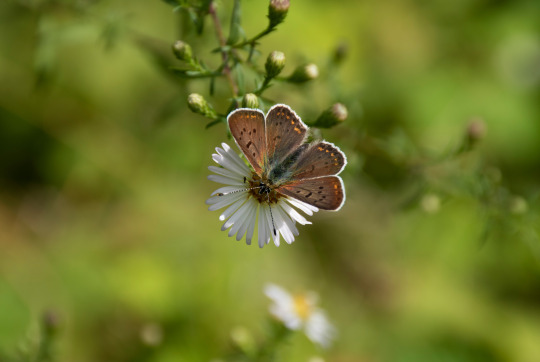



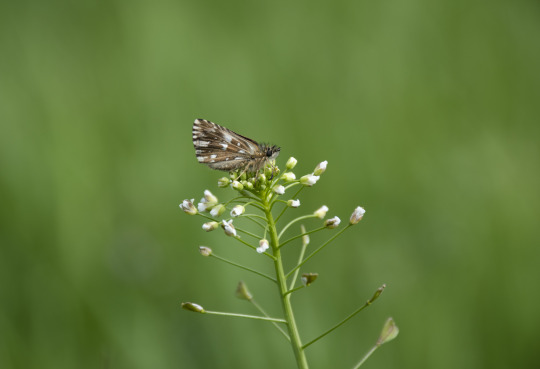

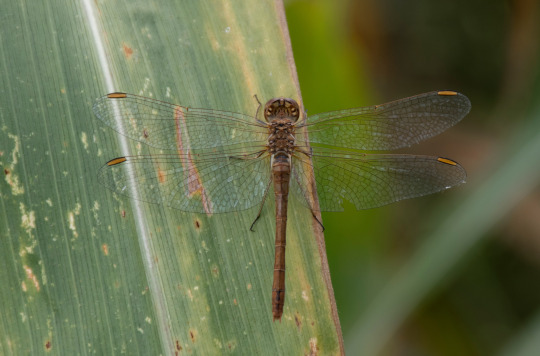

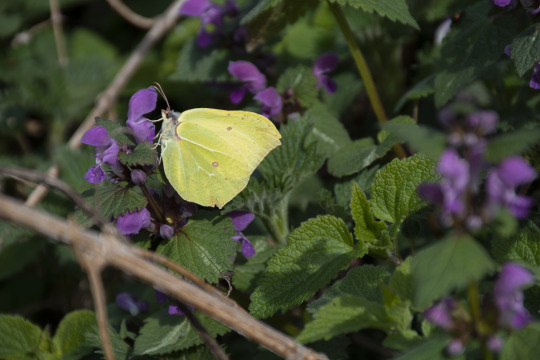



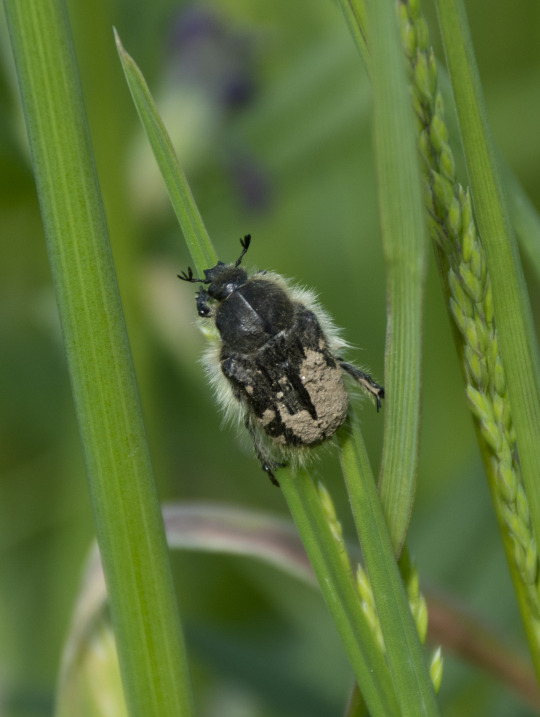



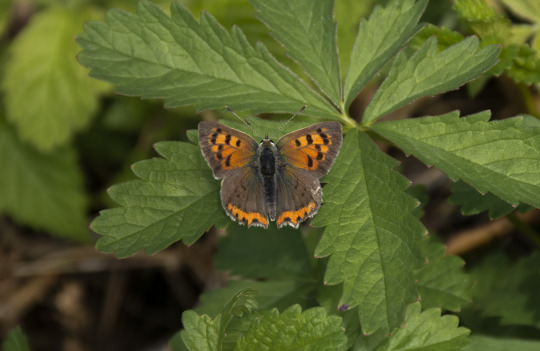
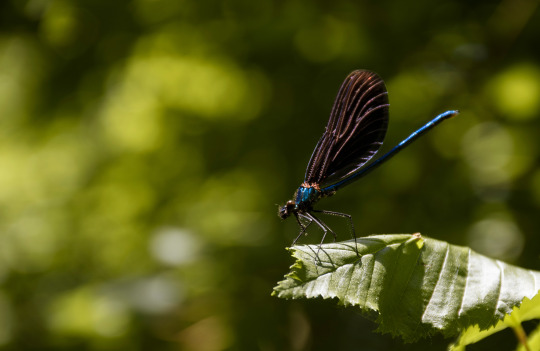
(mainly) Green bug compilation!
Tettigonia viridissima, Euphydryas maturna, Coccinella septempunctata
Lycaena tityrus, Ematurga atomaria, Iphiclides podalirius
Adela reaumurella, Pyrgus malvae (x2)
Sympetrum meridionale, Bibio marci, Gonepteryx rhamni
Coenonympha pamphilus, Polyommatus icarus, Araschnia levana
Tropinota hirta, Coccinella septempunctata, Papilio machaon
Agrypnus murinus, Lycaena phlaeas, Calopteryx virgo
#invertebrates#bugs#insects#green#mine#photography#macro#nature#wild#original photography#photographers on tumblr#explorercore#lepidoptera#coleoptera#zygoptera#butterfly#moth#dragonfly#damselfly#diptera#fly#photo dump#moodboard
17 notes
·
View notes
Text
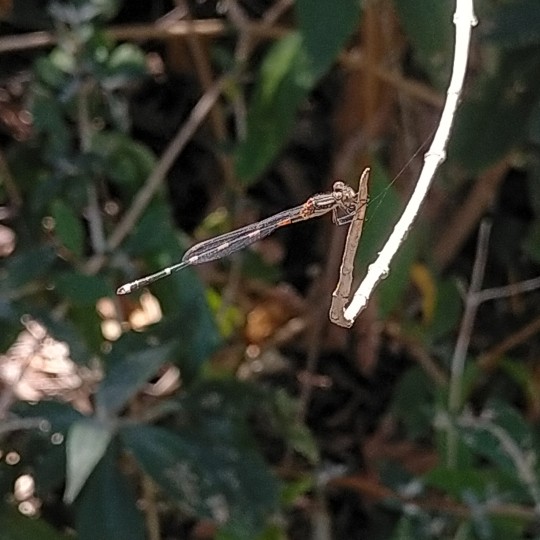
Austrolestes leda
10-FEB-2023
Melbourne, Vic
#australia#victoria#melbourne#australian natives#native fauna#insect#bug#arthropod#invertebrates#damselfly#wandering ringtail#arthropoda#insecta#odonata#zygoptera#lestidae#austrolestes#austrolestes leda
3 notes
·
View notes
Text
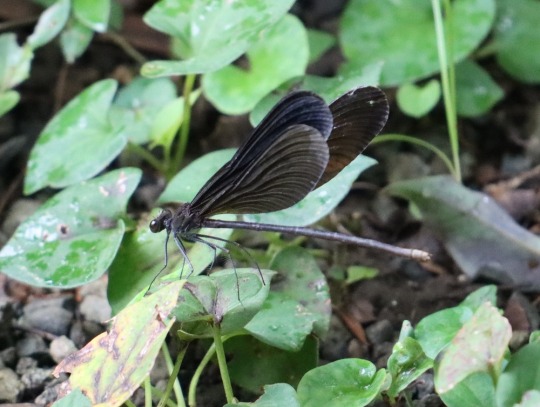

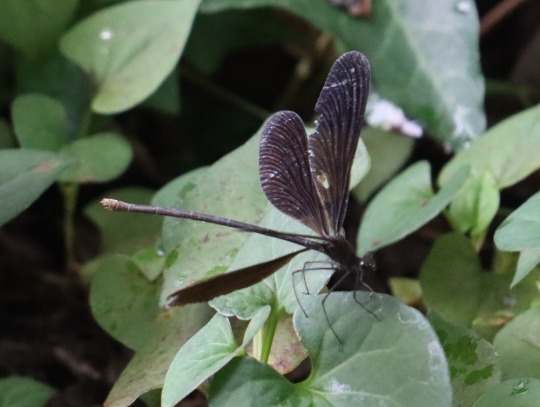
ハグロトンボが来ました(9月4日)
Atrocalopteryx atrata
#Atrocalopteryx atrata#Ważki równoskrzydłe#Zygoptera#damselfly#dragonfly#ważka#insects#owady#bugs#japan#ogródek
2 notes
·
View notes
Photo

damigella by sergiotumm https://flic.kr/p/2npNs1P
11 notes
·
View notes
Text
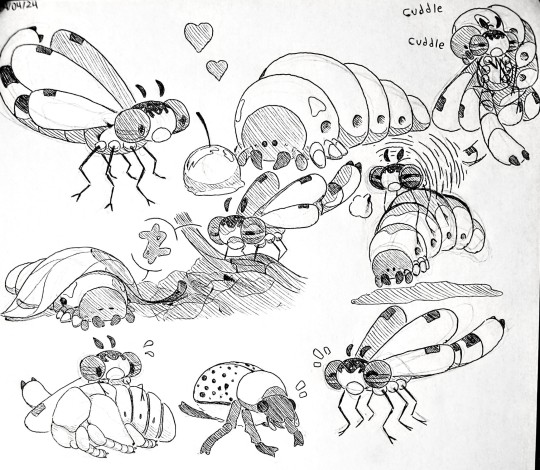
Once again drew me and my boyfriend as funny little bugs.
#animals#invertebrates#arthropods#odonata#coleoptera#zygoptera#scarabaeidae#coenagrionidae#dynastes#enallagma#Dynastes grantii#Enallagma cyathigerum#Western Hercules Beetle#Common Blue Damselfly#insects#I love the fact that we assigned each other bugs okay
15 notes
·
View notes
Text
Smiling Damsel

A damselfly struggling to keep still in the wind. Photo credit: Jonathan Chua.
Depth-of-field of the APSC sized sensor was rather thin at close proximity but seemed to be quite adequate here. I had wanted this frontal view or else a side view might’ve easily kept the whole insect in focus.
#canon 70-300mm#damselfly photos#flora fauna#fujifilm photography#fujifilm x-t2#insect pics#macro photography#odonata#photography tips#Zygoptera#photographers on tumblr
0 notes
Text
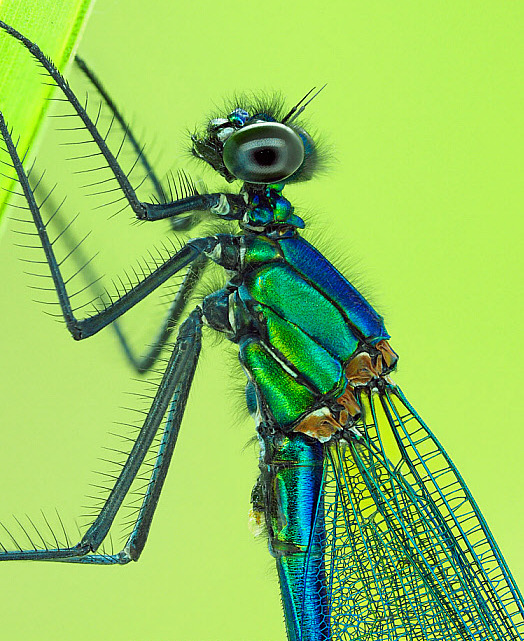
Banded demoiselle (Calopteryx splendens)
Photo by Andy Sands
#Calopteryx splendens#calopteryx#damselfly#banded demoiselle#odonata#zygoptera#insects#entomology#macro photography#insect photography#blue#green#blue damselfly#green damselfly#wildlife#nature#colorful insects
45 notes
·
View notes
Text

30.4.2023: Makroübung
#phototagebuch#tagesphoto#photo diary#photo of the day#photojournal#photo du jour#photo des tages#vienna#wien#urban nature#Ari Fink Photography#30.4.2023#makro#Libelle#Türkenschanzpark#Wildes Wien#Wild Vienna#Insekten#Zygoptera
0 notes
Photo



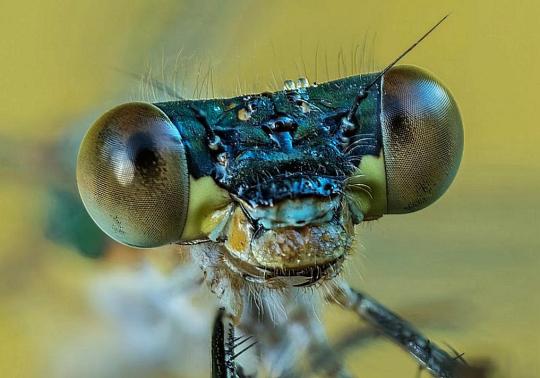



Dziś po raz pierwszy zrobiłam sitodruk inspirowany skrzydłem ważki równoskrzydłej Zygoptera. UWAGA: BĘDZIE O POEZJI W BIOLOGII.
Ten gatunek ma 37 mm długości, a rozpiętość skrzydeł - 46 mm! Jedno skrzydło pałątki pospolitej Lestes sponsa (to ta z dużymi oczami na zdjęciu) składa się z węzełka nodus (który wiąże ze sobą główne żyłki na przedniej krawędzi skrzydła) i pterostigma (element stabilizujący wibracje). Żyłki od dołu mają małe kolce dla większej stabilizacji. Skrzydła pałątki wyrastają na granicy tergitu i pleurytu (ile tu pięknych słów!). Służą do szybkiego lotu i są poruszane przez duże mięśnie w tułowiu. Ważki równoskrzydłe mogą poruszać się w wielu kierunkach (nie tylko góra-dół!). Pałątka w czasie spoczynku trzyma skrzydełka lekko rozchylone i skierowane do tyłu, ale na przykład świtezianki (ta ultramarynowa) i łątki (ta błękitna) trzymają je złożone wzdłuż odwłoka.
Spód odwłoka samca pałątki jest opylony na niebiesko woskowym, pudrowym nalotem, który ściera się z wiekiem! Dorosłe samce mają niebieskie oczy, samice- brązowe (choć zdarzają się niebieskie samice androchromatyczne!).
Złoto i ultramaryna.
#ważka#zygoptera#biologia#skrzydło#owady#pałątka#lestes sponsa#diy#art#artwork#grafika#screen printing#sitodruk#złoto#gold
1 note
·
View note
